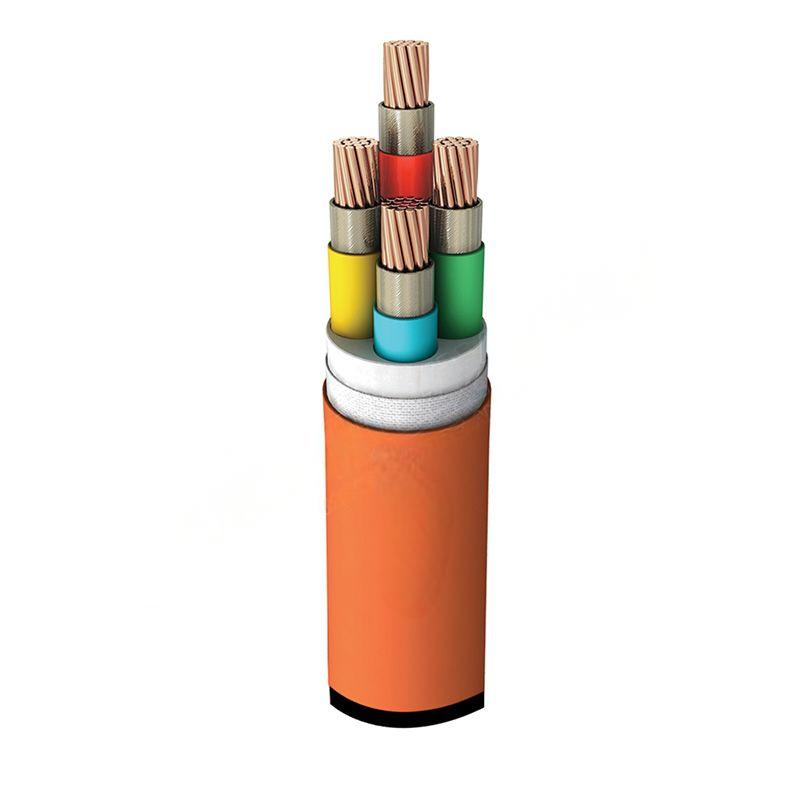វិច្ឆិកា . 14, 2024 21:54 Back to list
ball valve with y strainer
Understanding the Ball Valve with Y Strainer An Essential Component in Fluid Systems
In various industrial applications, the need for efficient fluid management is paramount. One of the combinations that has gained significant attention in fluid handling systems is the ball valve with a Y strainer. This duo not only regulates flow but also ensures that the medium remains free from impurities, enhancing the overall efficiency and longevity of the system.
What is a Ball Valve?
A ball valve is a type of quarter-turn valve that uses a spherical disc (the ball) to control the flow of fluid. The ball features a hole through its center, allowing fluid to pass through when the valve is open. When the ball is rotated 90 degrees, the flow is completely obstructed. This simple yet effective mechanism allows for quick isolation of flow, making ball valves ideal for applications requiring safety and reliability. They are widely used in water supply, oil and gas, chemical processing, and HVAC systems due to their excellent sealing properties, durability, and minimal pressure drop.
What is a Y Strainer?
A Y strainer is a type of filter designed to remove debris and particulate matter from a fluid. Named for its distinctive Y shape, this strainer consists of a body and a removable straining element, usually made of metal or plastic mesh. The Y strainer provides a mechanical barrier that captures unwanted particles while allowing fluid to flow freely through the system. It is commonly installed in pipelines before critical equipment to protect pumps, valves, and other components from damage caused by contaminants.
The Synergy of Ball Valve and Y Strainer
When a ball valve is combined with a Y strainer, the result is a highly efficient component that enhances both flow control and filtration. This integration offers several benefits
1. Space Efficiency Instead of installing separate units, the combination of a ball valve and Y strainer saves space in piping systems. This is especially advantageous in areas where space is limited, such as in industrial plants or mechanical rooms.
ball valve with y strainer

2. Simplified Maintenance With both the valve and strainer housed together, maintenance becomes more straightforward. Operators can quickly isolate the flow using the ball valve, making it easier to clean or replace the strainer without disrupting the entire system.
3. Optimized Flow Control The precision of the ball valve allows for fine-tuned control over fluid flow, making it essential in processes that require exact flow rates. Meanwhile, the Y strainer ensures that flow remains uninterrupted by removing potential blockages.
4. Reduced Risk of Contamination By including a strainer upstream of vital equipment, the risk of contamination is significantly reduced. This proactive approach helps in minimizing wear and tear on pumps, valves, and other parts, ultimately extending their lifespan.
5. Cost-Effectiveness Integrating these two components can lead to cost savings in both installation and long-term maintenance. Fewer components mean decreased installation labor, and efficient filtering can prevent costly repairs.
Applications in Various Industries
The ball valve with Y strainer is used across numerous industries, including water treatment plants, oil and gas extraction, chemical processing, and HVAC systems. In water treatment, it ensures that impurities do not clog filtration systems. In the oil and gas sector, it protects pumps and compressors from debris, ensuring smooth operations. In HVAC, it helps maintain efficient airflow through ductwork.
Conclusion
The ball valve with Y strainer is an indispensable assembly in modern fluid management systems. Its ability to provide excellent flow control while simultaneously filtering out impurities cannot be overstated. As industries continue to prioritize efficiency and maintenance reduction, such integrated solutions will likely become even more prevalent, further showcasing the importance of innovative engineering in fluid handling technologies. Whether in industrial or commercial settings, understanding and utilizing this combination can lead to significant operational advantages.
Share
-
priming-a-pump-with-a-foot-valve-with-strainerNewsAug.23,2025
-
the-importance-of-a-y-strainer-in-pump-protectionNewsAug.23,2025
-
stainless-steel-ball-check-valve-for-high-purity-applicationsNewsAug.23,2025
-
common-applications-for-wafer-type-butterfly-valvesNewsAug.23,2025
-
seat-options-for-a-12-inch-knife-gate-valveNewsAug.23,2025
-
the-lifespan-of-a-typical-dismantling-jointNewsAug.23,2025


